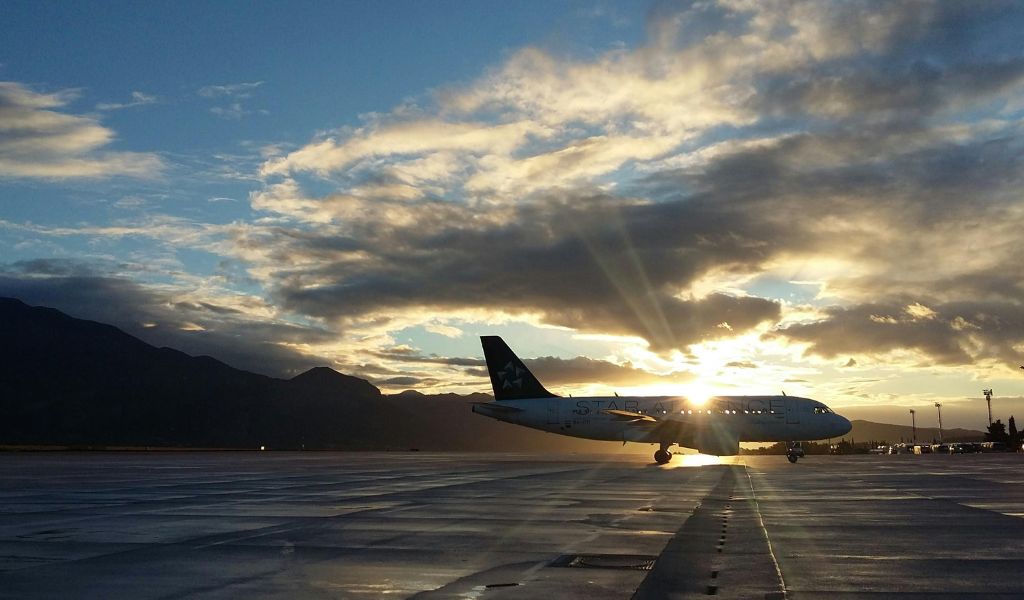Hobbyist flying basically allows you to fly a plane for leisure and not for money or profit. It’s indeed an exciting way to discover the beauty of landscapes, plus enjoy time with others, and even experience a sense of accomplishment as well.
To begin flying as a hobby conveniently and lawfully, you’re required to follow some legal requirements laid down by the FAA. Additionally, your path will begin with training and education, followed by knowing how to fly safely and responsibly.
Flying As A Hobby: These Are The Things To Do To Make The Practice Legal
Are you a recreational pilot? Do you practice flying as a hobby?
Flying as a hobby is an essential part of adventure tourism. It is also an important component in aero-sports tourism. Switzerland, New Zealand, and various parts of India are famous for aero-sports tourism, and the global aero-sports tourism industry is expected to reach USD 68.70 billion by 2030.
However, if you want to be a part of this adventure tourism activity, your to-do list probably starts with getting a license as a recreational pilot. Furthermore, you have to do many other things to do to make the practice legal.
1. Learn Local Regulations
Start by checking your local aviation regulations first. The FAA includes rules applicable to the entire nation. However, local laws may also be in effect, especially in city areas.
Every general aviation airport has its own rules, and many airports require registration for local pilots. Do not forget to understand the age and medical standards, including the need to speak and understand English.
A special permit may be necessary if you are flying on visual flight rules (VFR) in some Class B airspaces.
Also, keep track of the latest changes to aviation regulations by subscribing to the local pilot association, as this is an important factor to be included in your preparation to fly legally.
2. Pick Your Training Path
You will start flying by receiving proper training. You may register in a local flight school to benefit from the hands-on instruction.
The widely used training methods will be Part 61, which provides flexibility, and Part 141, which is more structured and gives you a formal curriculum.
In addition, almost all flight schools provide ground school, where you will learn the theory of air operations.
It may be wise to talk to a few schools to find which one is more comfortable. You should also simply write down a planned budget for training, so that you do not go overboard, plus proper planning and budgeting will basically assist you in taking the first step towards flying legally as a hobby.
3. Gather Essential Equipment
You will need to have certain basic tools to fly conveniently and safely. The first item on your purchase list must be a reliable flight bag to store everything you need in one place.
You need good-quality pilot headsets so that you can communicate effectively when inside a busy airspace.
Whenever you fly, you need to be ready with the current aviation charts and maps to give you very useful information regarding airspaces, airports, etc.
Moreover, you are expected to record all your flights in an aviation logbook such that you are under observation.
In addition to comfortable and weather-friendly wear, a pair of solid shoes would help you prepare for these flying sessions, particularly when you have to remain at a ground station to handle. You will need this equipment to take up an aviation hobby.
4. Build Flight Experience
Flying experience will come only with time and practice. You will begin with dual flights in which you will fly with an instructor who will teach you the basics safely.
In the meantime, you will always conduct a pre-flight inspection to make sure that a plane is fully safe before any kind of flight.
You will be allowed to fly alone once your trainer is content with the level of your skills, and this helps in building your self-esteem as a pilot.
More so, there is a need to log cross-country flight hours, which will be driving past 50nm flight, because it is extremely critical to future certifications.
Basic maneuvers will be mastered by flying without risks and during training, simulating real-life flight situations. With regular flying, you will be able to build your experience base as a competent pilot very soon.
5. Maintain Safety And Currency
Flying legally as a hobby is not merely about laws. It is also about being safe and responsible. One way is to use standard checklists before flying; it will make sure that you never forget the essential steps of flight preparation.
You should take updated weather briefings before each flight, since they help you decide whether to go or not, especially in widely changing weather conditions.
Maintenance of proper aircraft records is also a good practice to enable you to avoid any potential problems in midair. You will need to meet the currency rules, including the rule of taking recent takeoffs and landings.
Currency rules will keep your skills and awareness fresh. Finally, being on schedule with your medical and certification checks will allow you to fly safely. All these steps will ensure that flying for fun will always be safe and responsible in your diary.
Flying As A Hobby Needs Strict Adherence To Local And National Regulations
To begin flying legally as a hobby hoopster, stick to the local and national regulations. You also need to follow a training format that fits you. Stay prepared and self-disciplined in the air training.
Getting good at piloting is a time-consuming affair. However, frequent flights with proper preparation will get you miles further towards your goal.
Keep yourself up to date on the training and the changes in rules. Also, remember that nobody can be safe without you, since ensuring safety should be your priority at all times.
That’s it! Enjoy flying as a hobby and adhere to all regulations to have a safe and easy experience.
Read Also:














